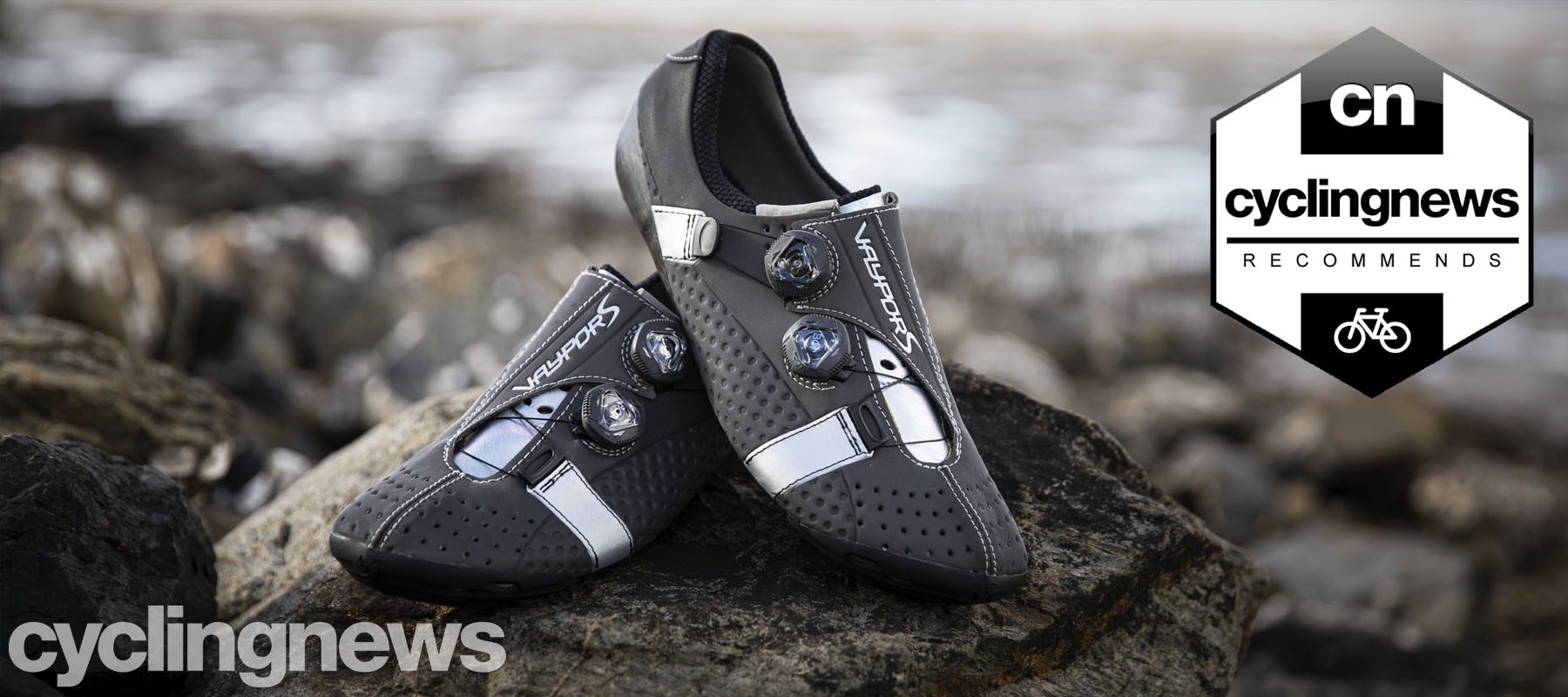Cyclingnews Verdict
The Vaypor S are some of the stiffest shoes money can buy, and are some of the only shoes on the market that are actually shaped like feet. You can heat-mould them at home for a custom fit, too, but this performance and anatomical design does not come cheap
Pros
- +
Gold-standard for sole stiffness
- +
Low stack height
- +
Anatomical design and support
- +
Heat-mould in your kitchen
Cons
- -
Price
- -
Sizing can be a bit intimidating
- -
Insole is lacking
You can trust Cyclingnews
There are a few bits of cycling kit that some riders swear by: everything from bar tape and sunglasses, to tyres and shoes. And when it comes to the latter, Bont cycling shoes are right up there for many riders when it comes to finding the best cycling shoes.
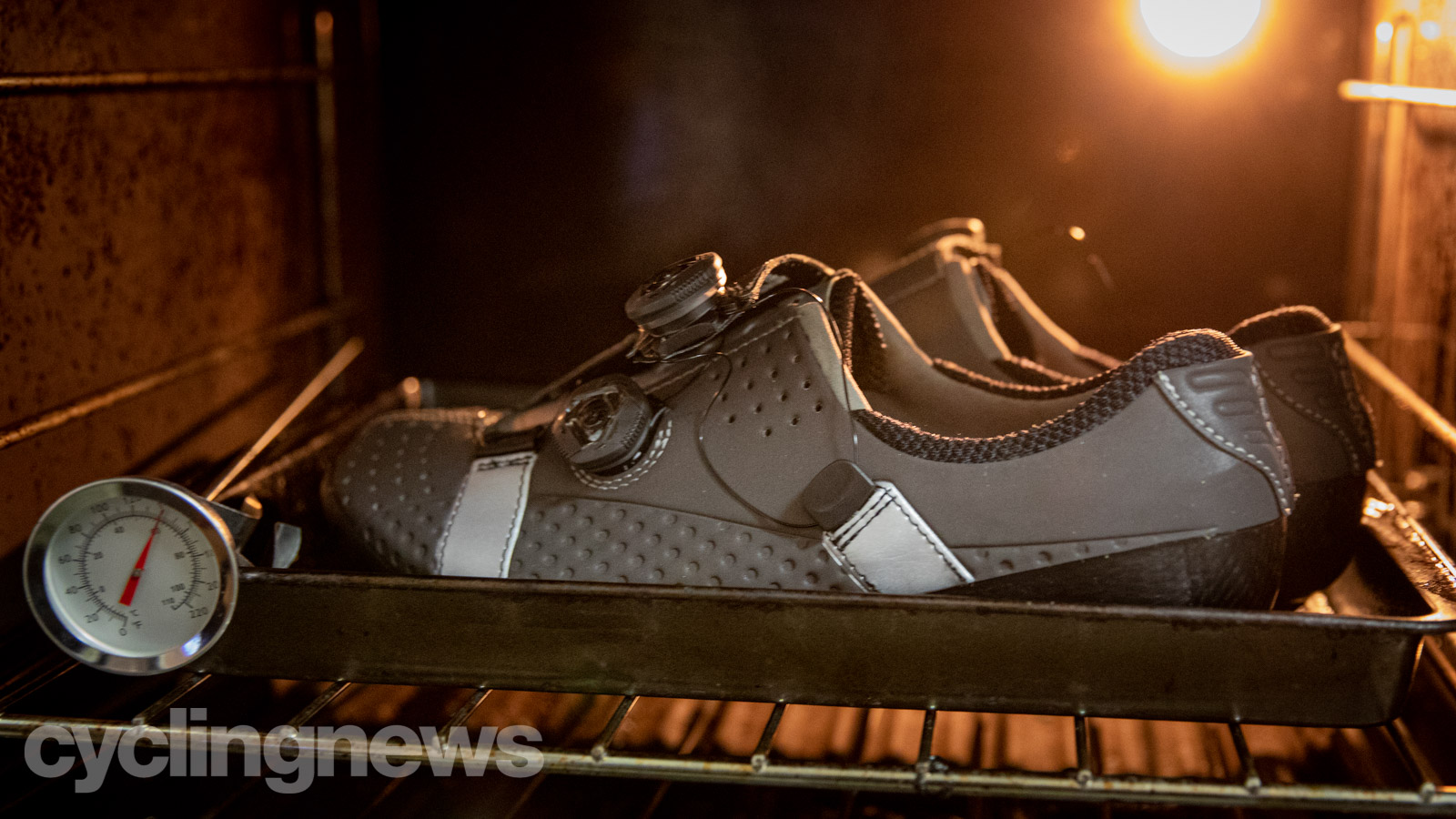
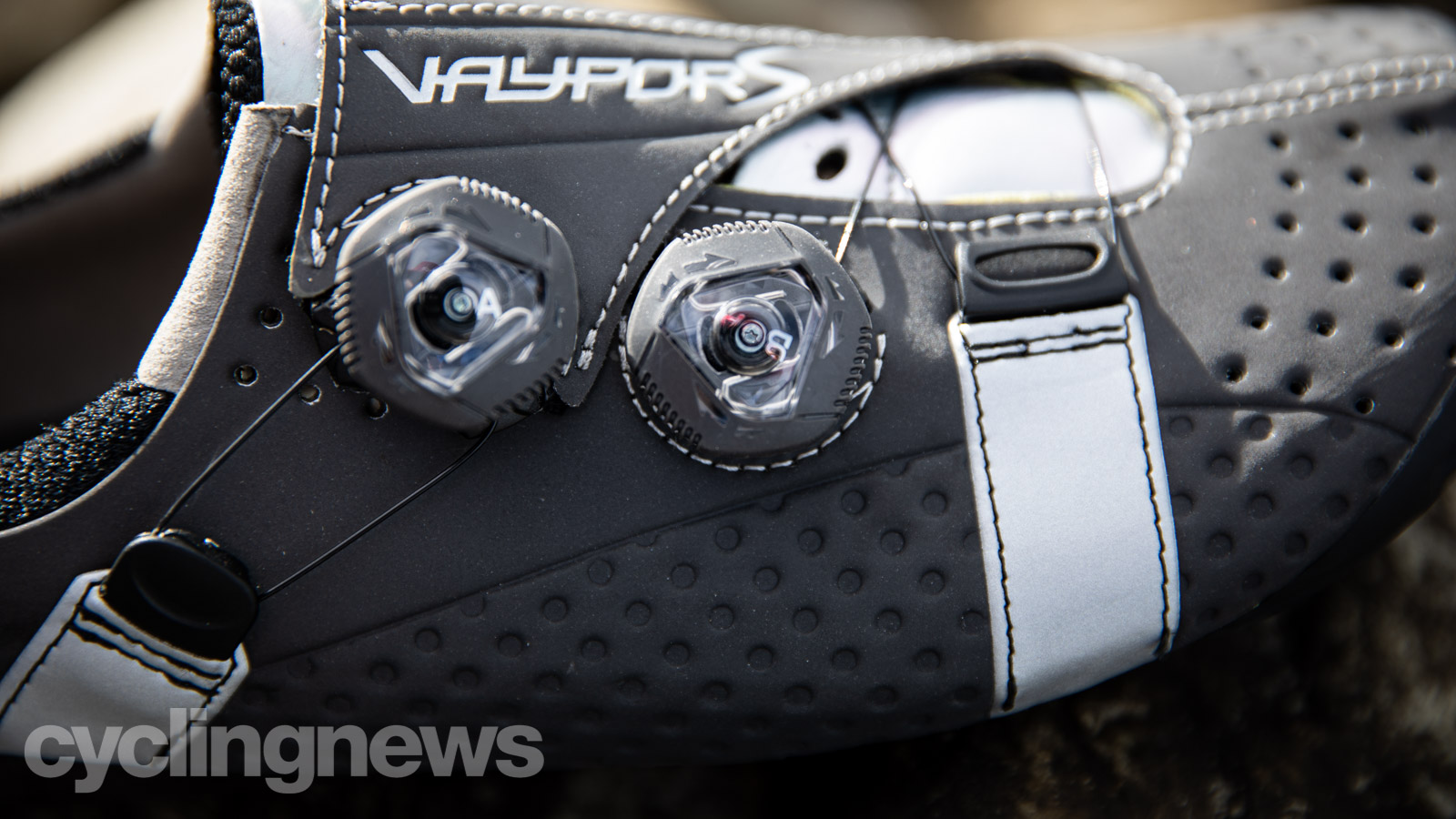

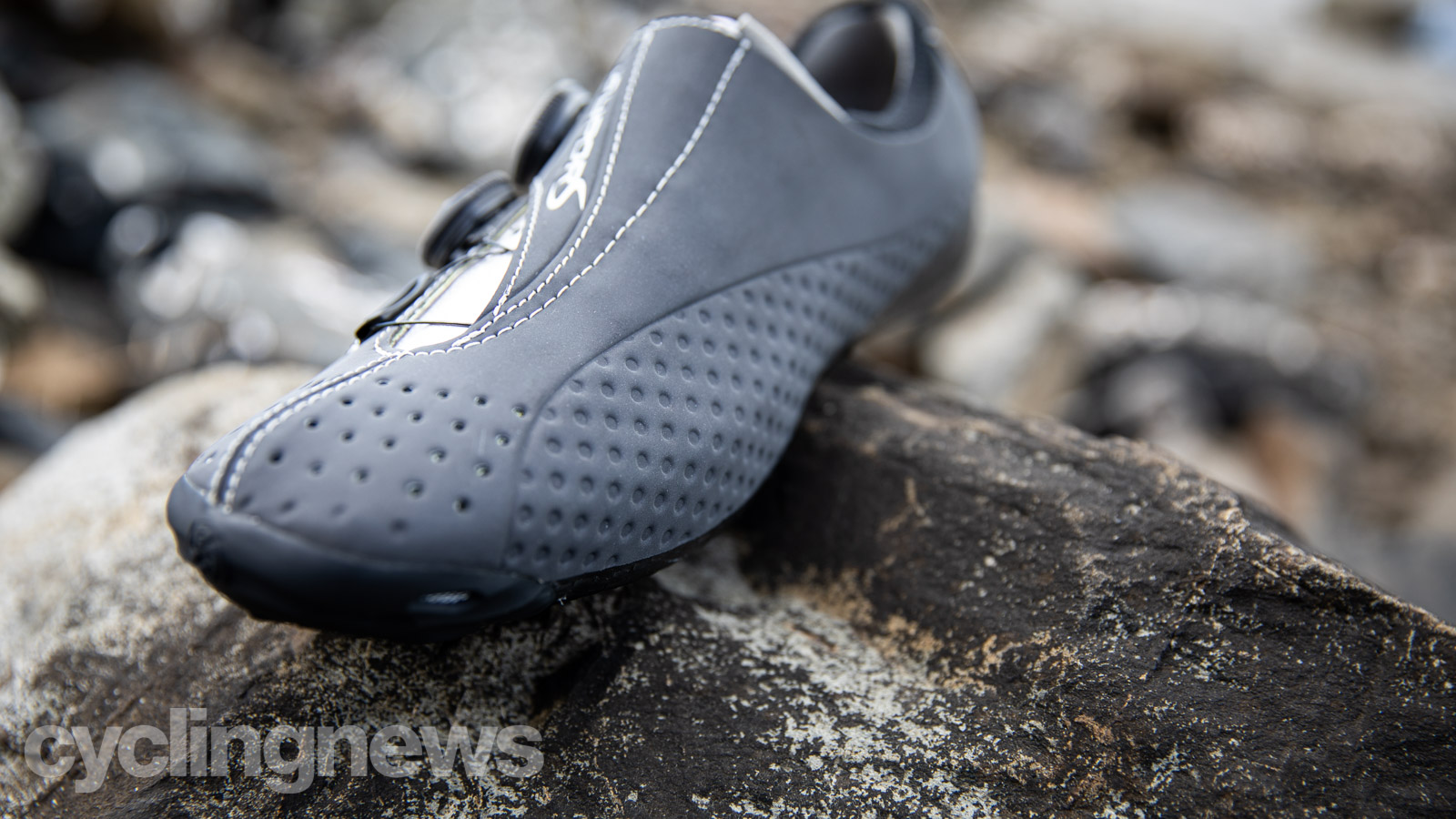
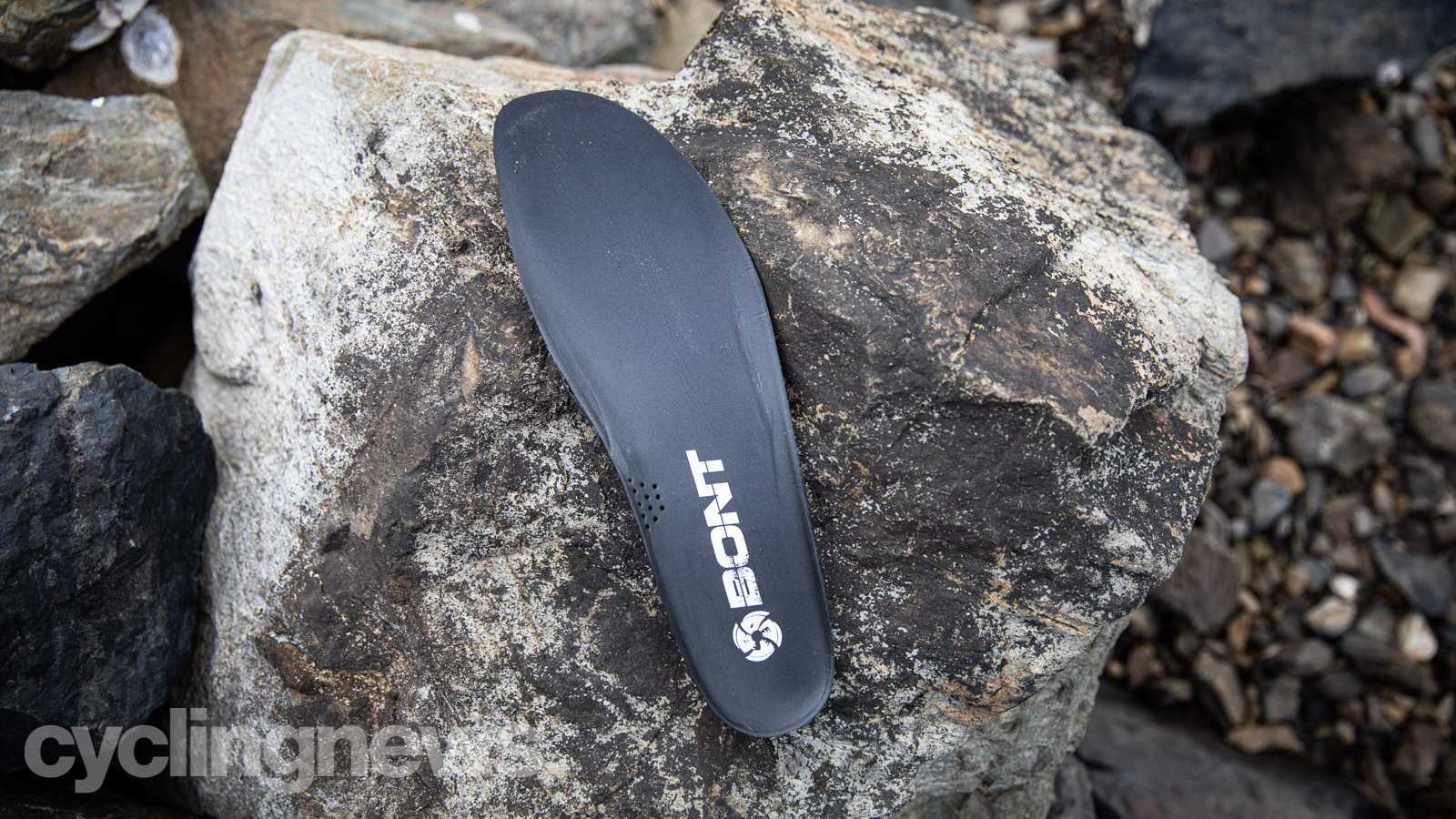
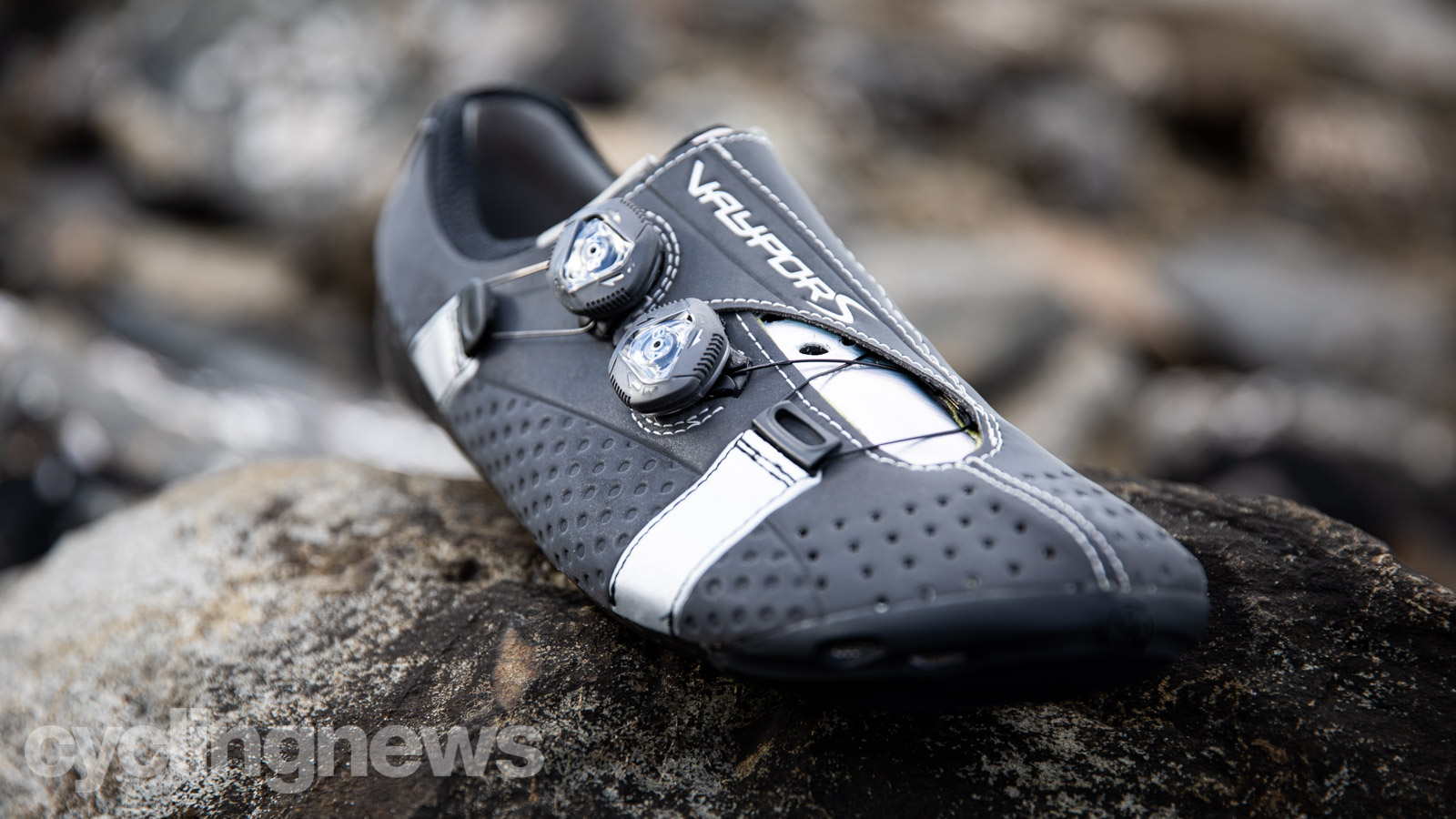
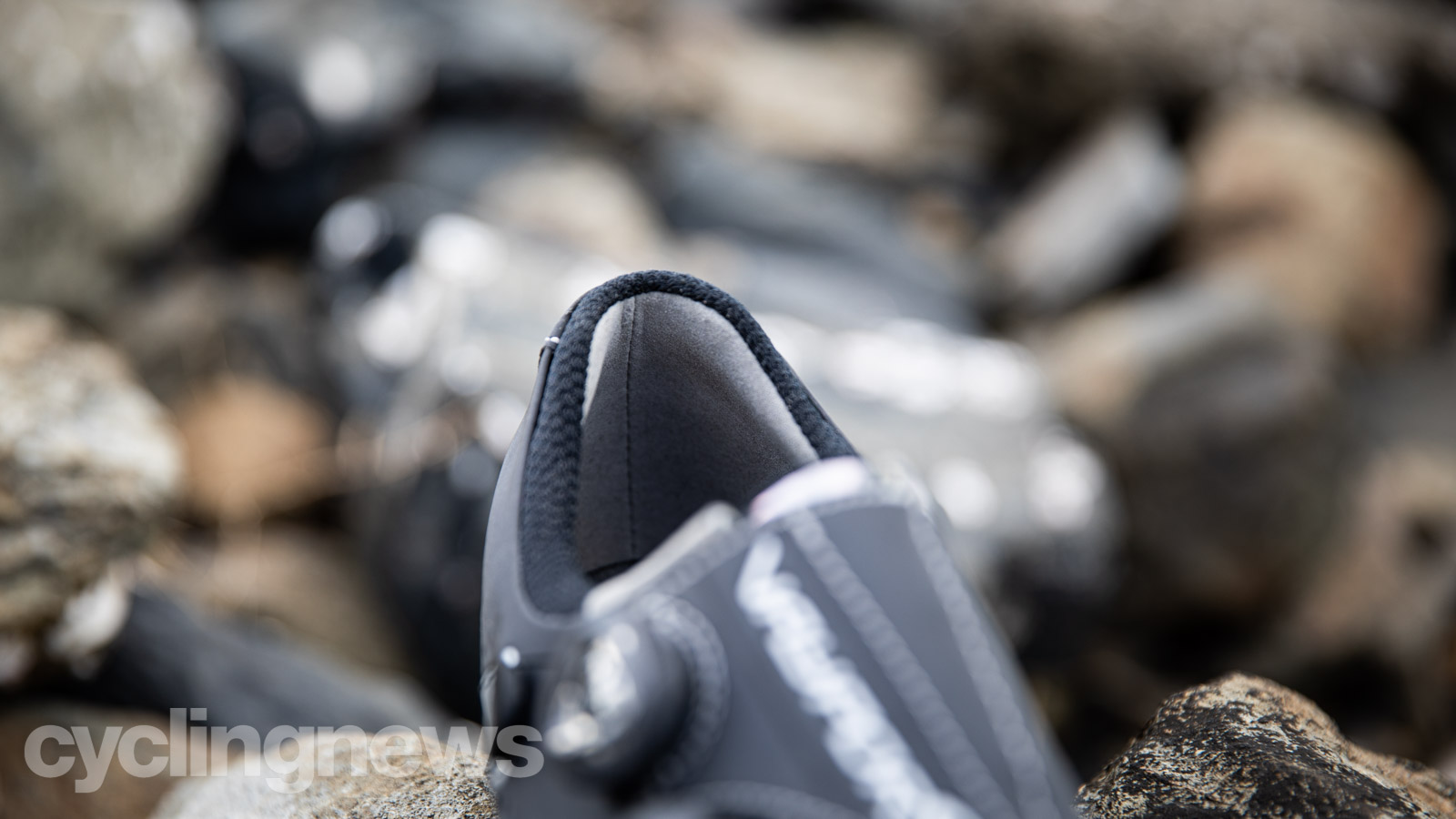
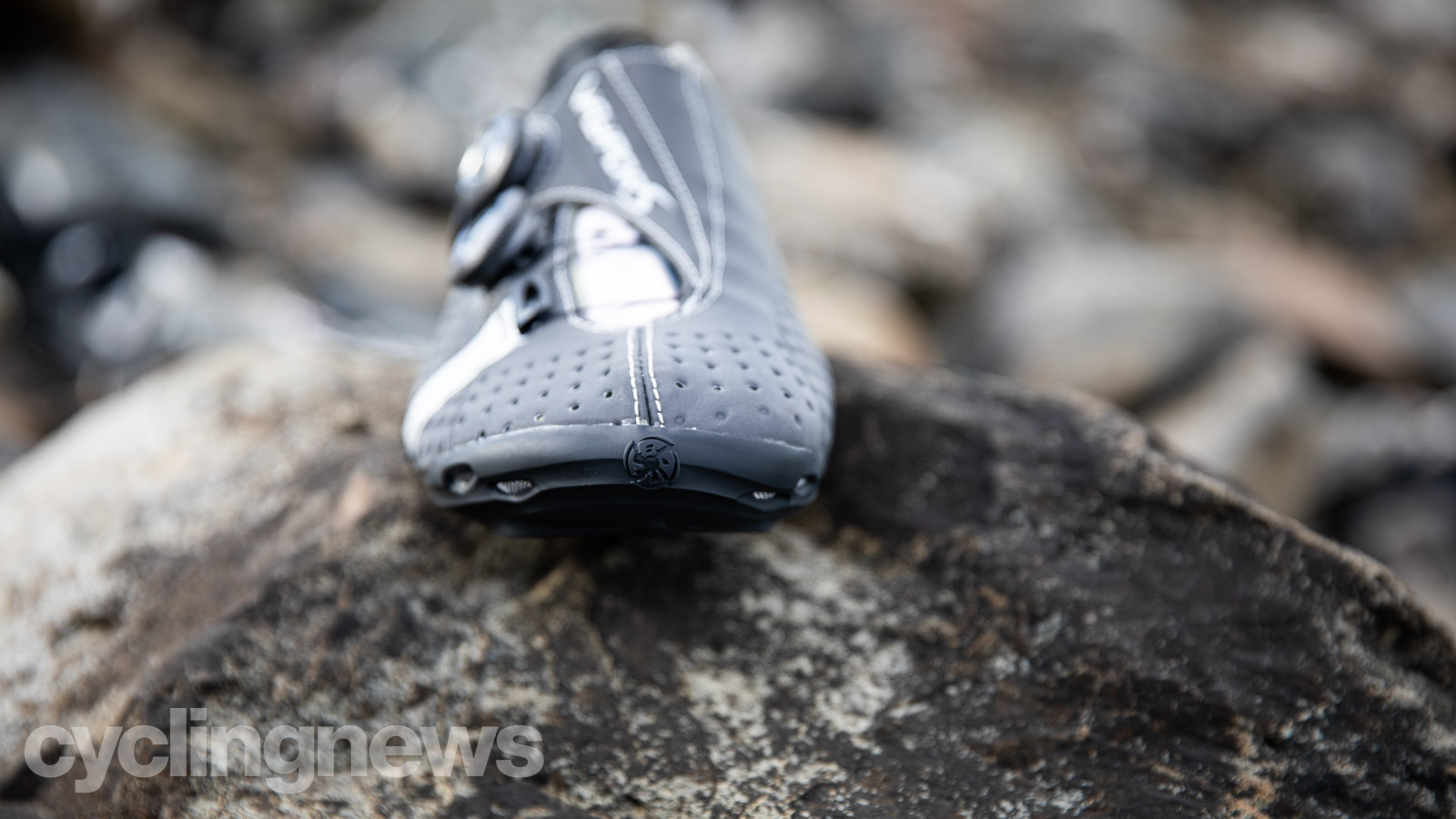
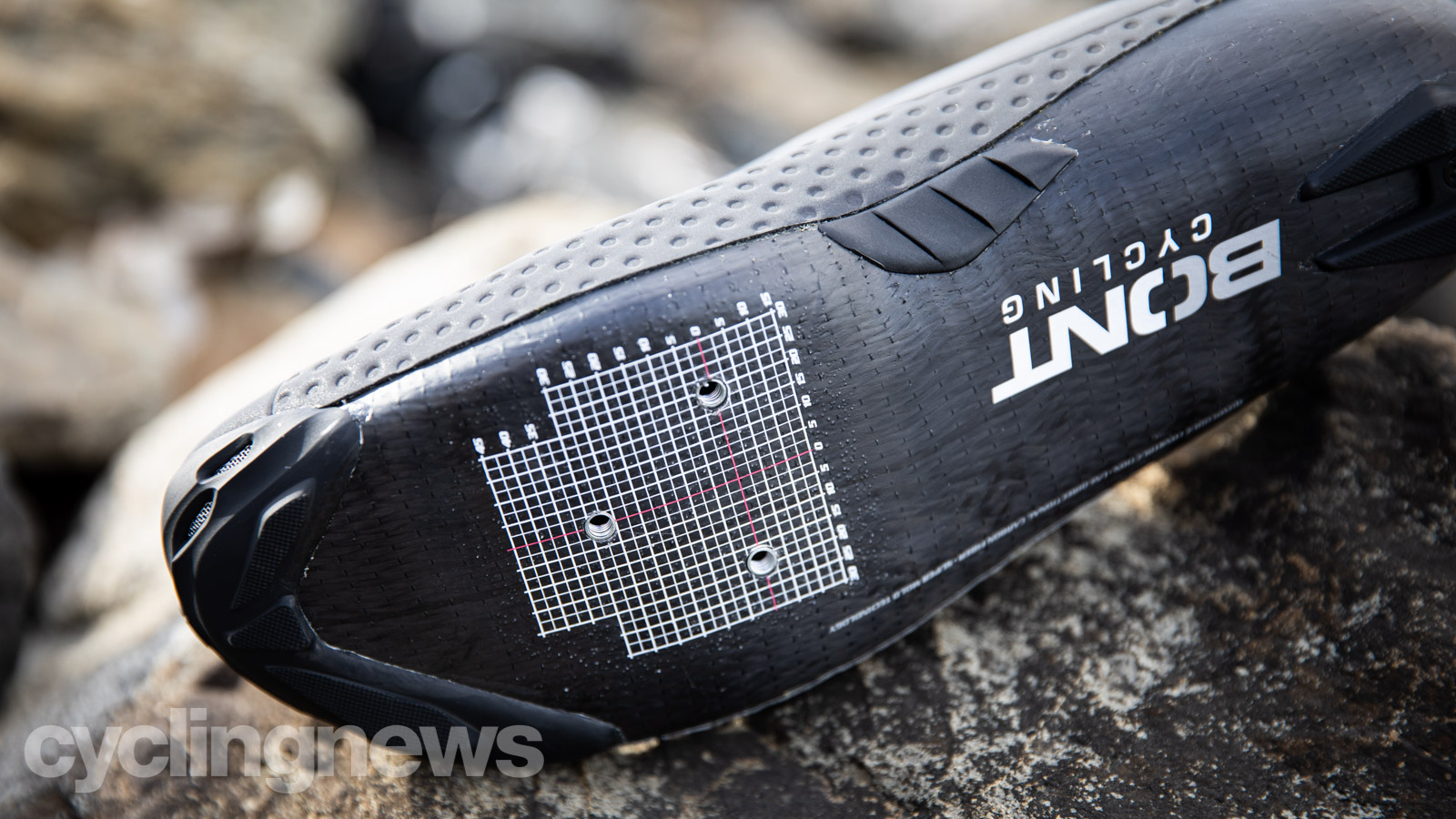
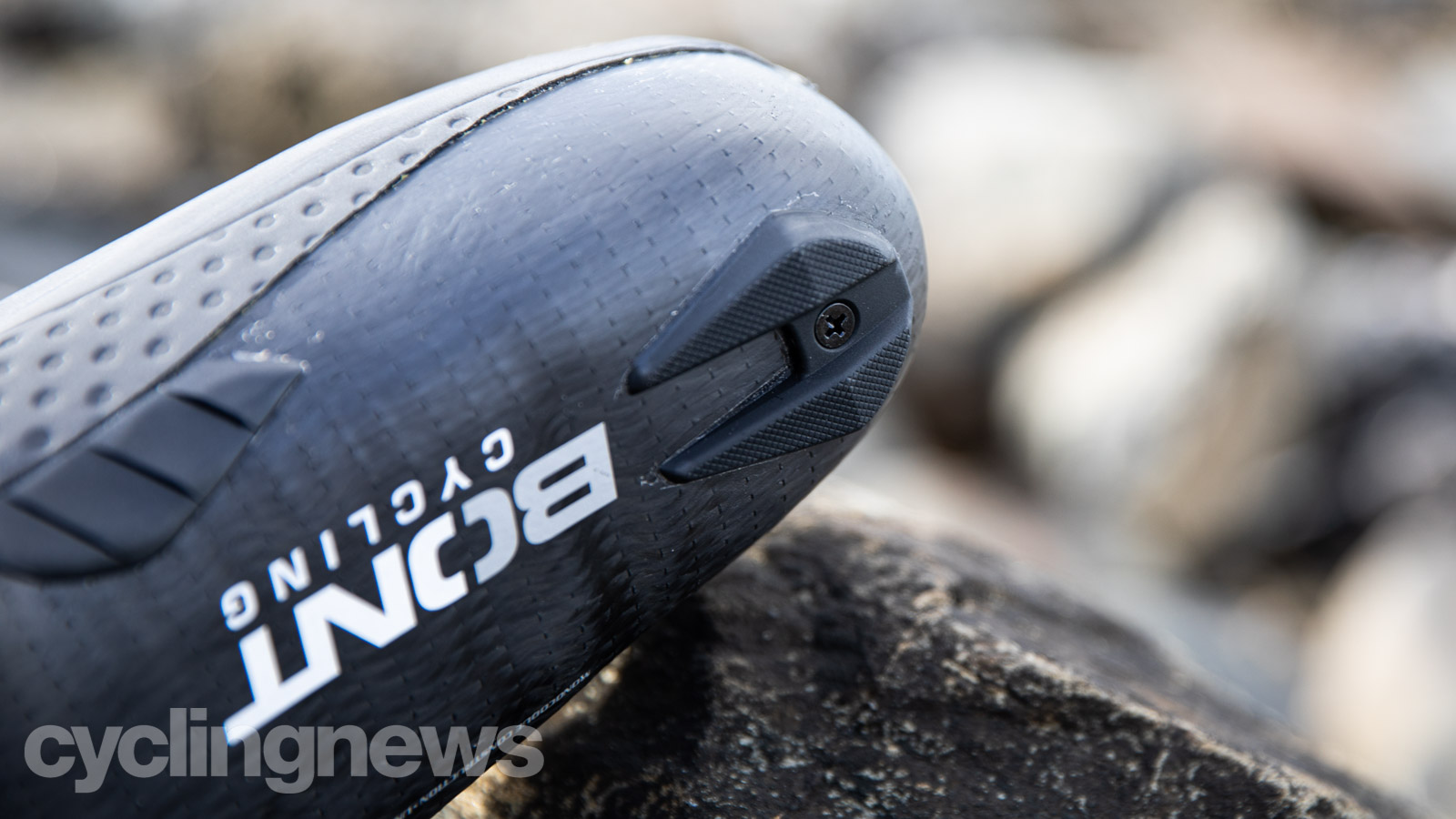
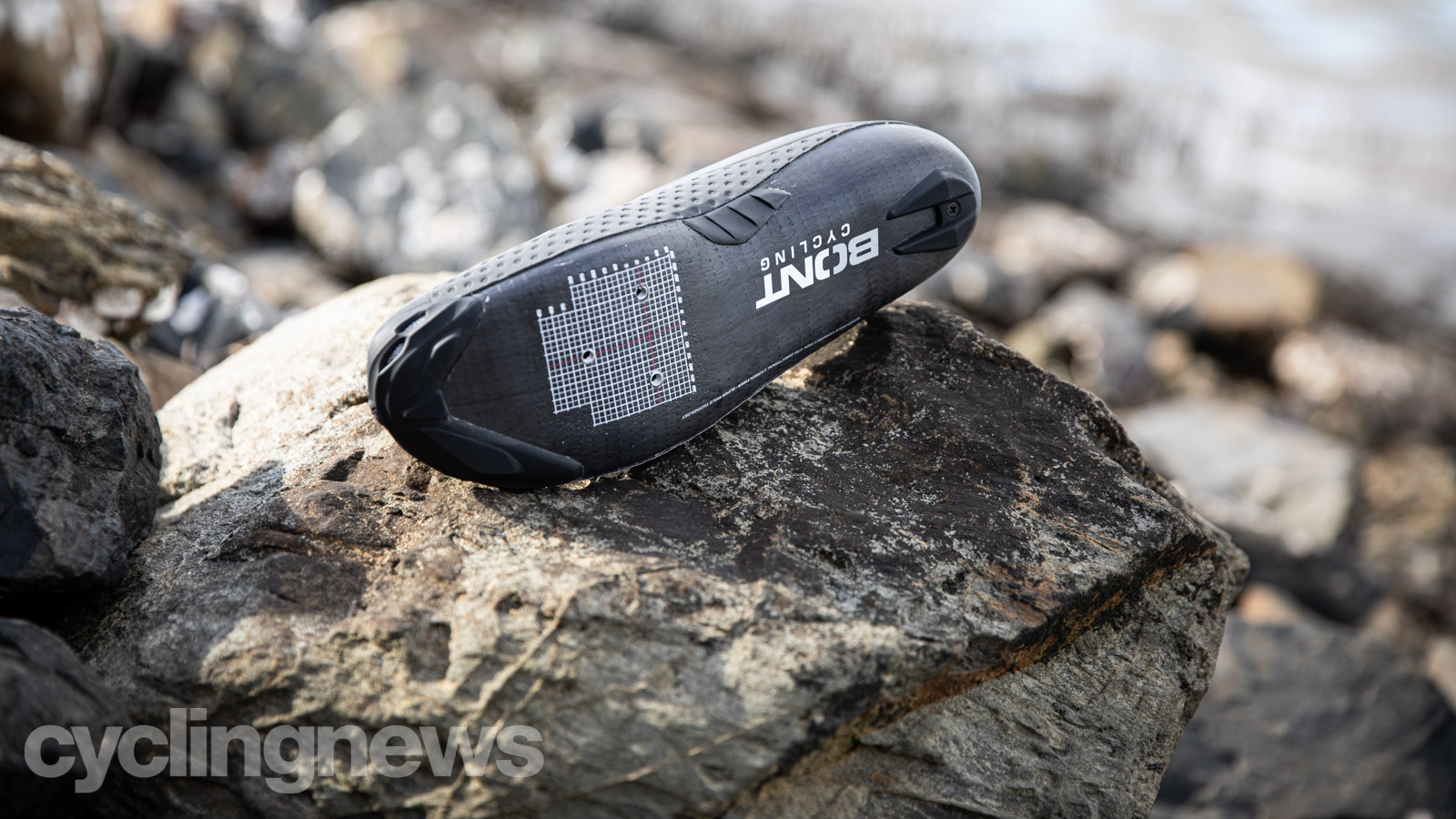
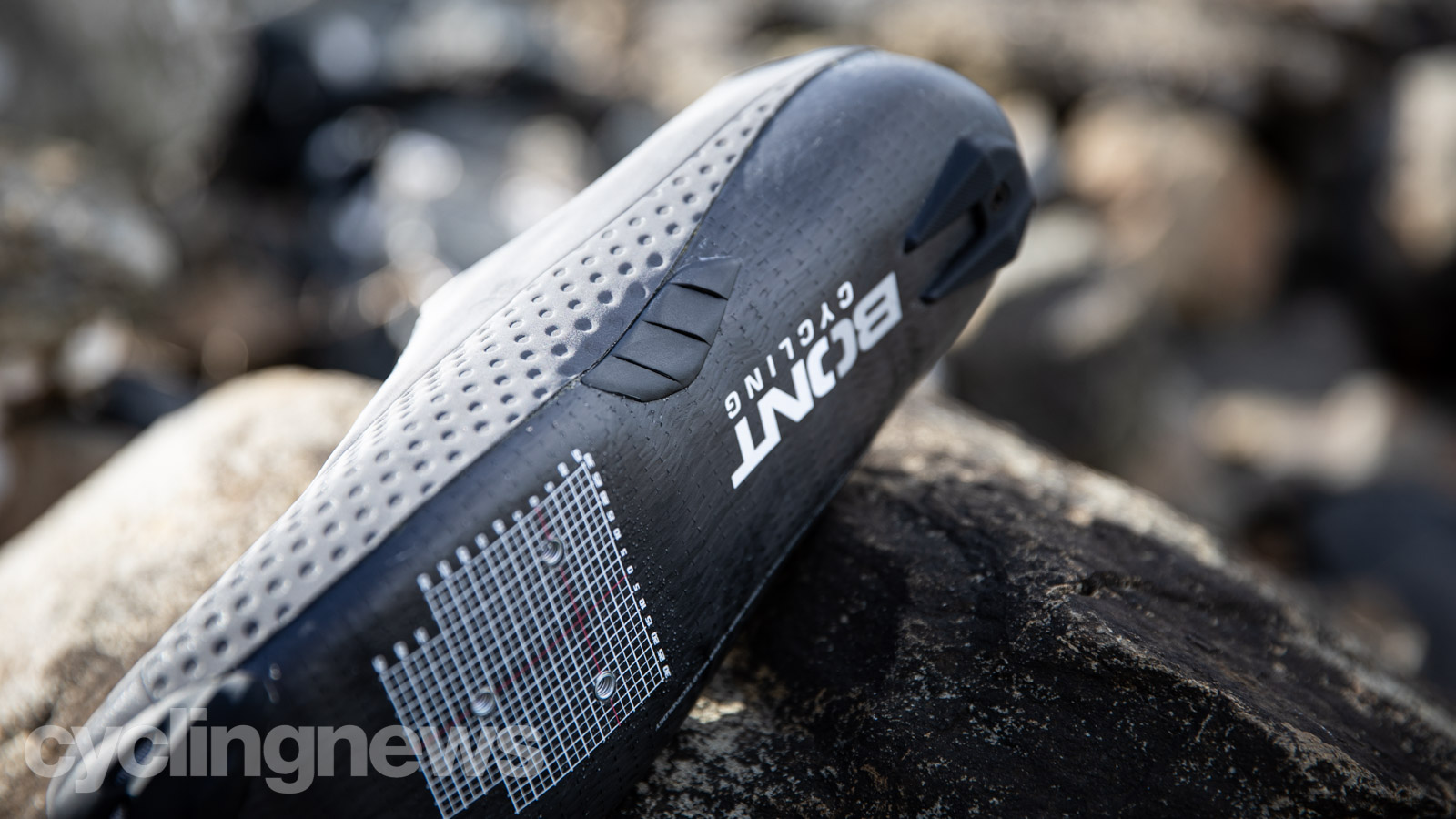
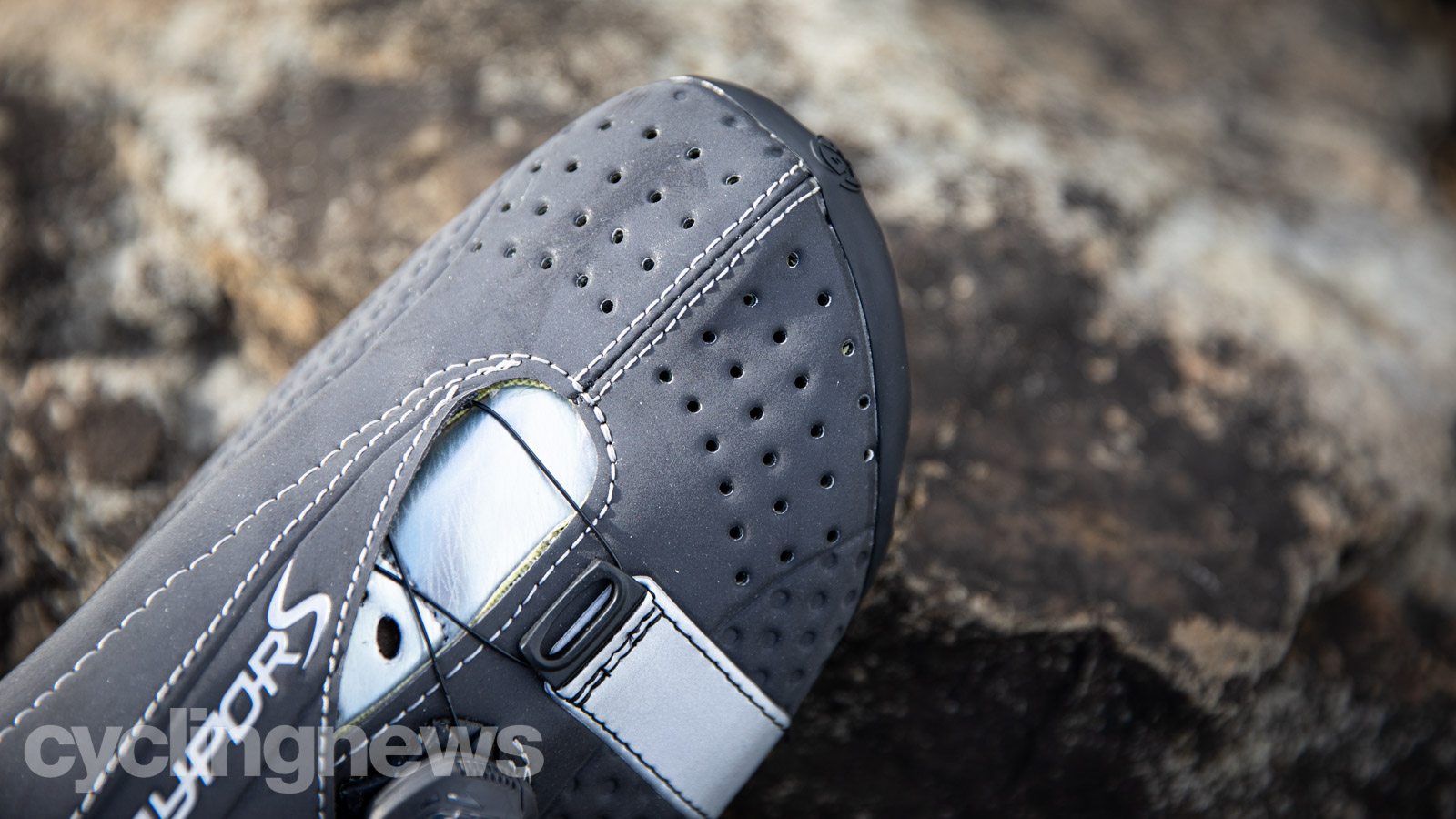
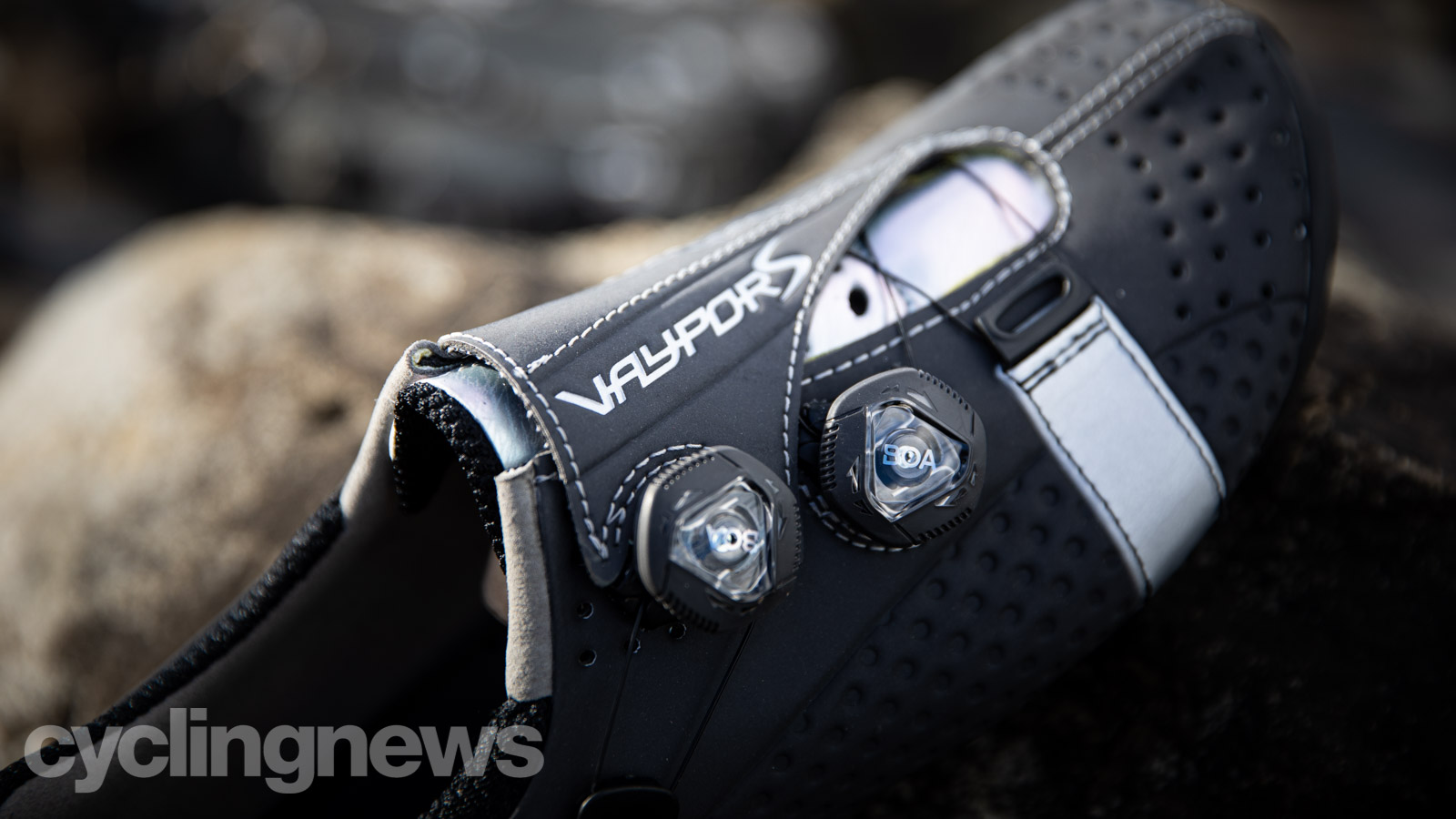
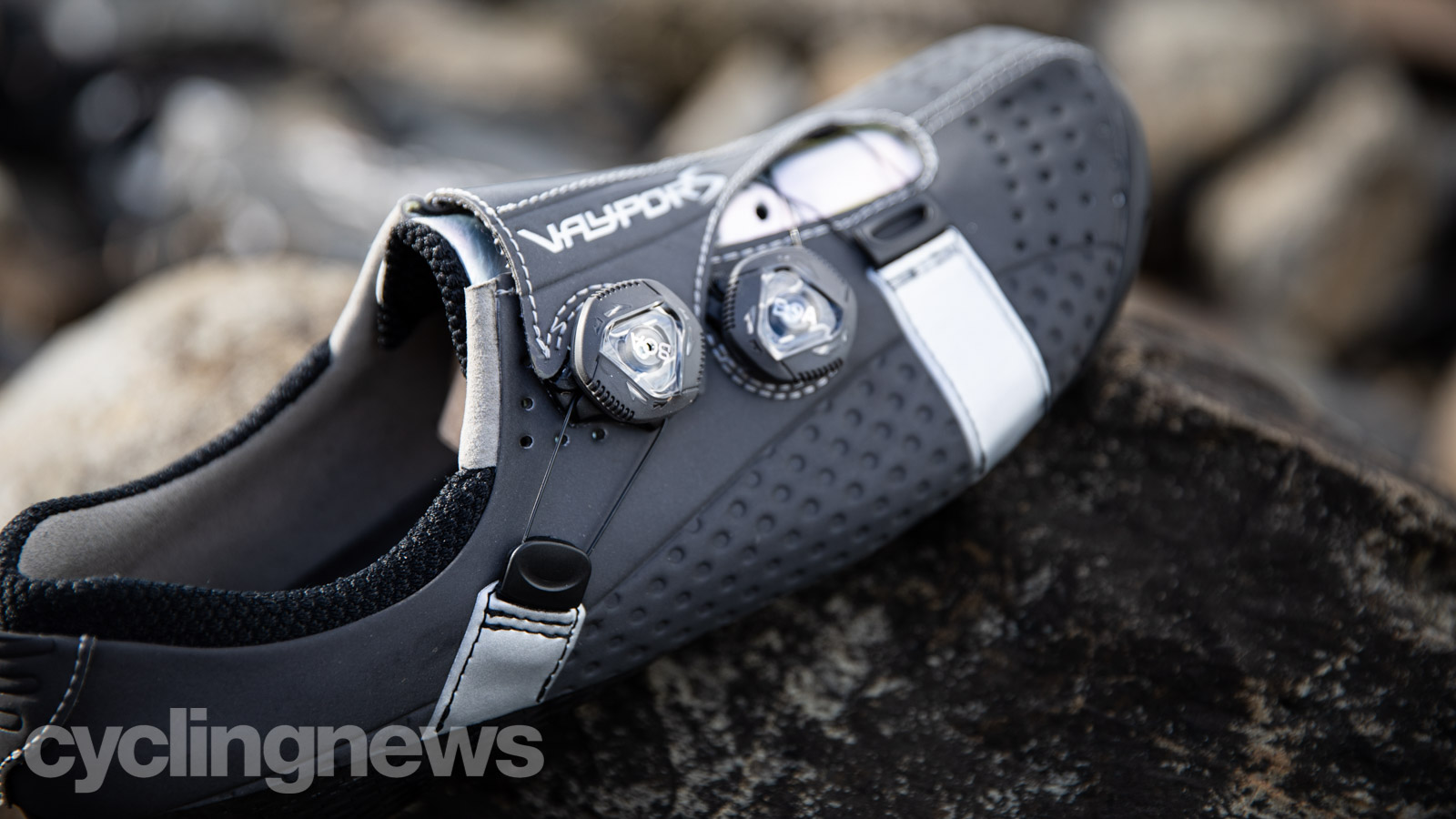
Bont was founded in 1975 and has its roots in speed skating. The founders of the company weren't satisfied with the support from the soft leather uppers on speed skates of the time, so Inze Bont started making them from fibreglass, and they caught on like wildfire. It wasn't until 2007 that Bont branched out into cycling shoes, and the company brought its thinking-outside-the-box approach along to riding kicks.
Although they aren't as widespread as Shimano or Sidi shoes in the pro peloton, the Aussie brand sponsors the Israel Start-Up Nation team – although they don’t force the riders to wear their kicks – so you'll find them strapped to the feet of the likes of the team's time-trial specialist Alex Dowsett, as well as Lotto Soudal sprinter Caleb Ewan.
Design and aesthetics
Bont shoes are actually shaped like feet, which is surprisingly rare in the cycling industry. When you put a pair of Bonts next to shoes from just about any other brand, the toe box is comparatively broad and round because of the anatomical shaping.
As such, Bont shoes aren't the best looking at first glance; my partner goes as far as calling them "clown shoes", but the design choices aren't for their looks. The anatomical shaping gives your feet room to spread naturally, as they would when you walk. Bont says this allows the pedalling load to be distributed over a wider surface area and provides a bit of space for when your trotters eventually begin to swell after a few hours' riding.

Bont also designs its shoes to support the foot entirely without the need for custom footbeds, arch wedges, and the like. They achieve this through the bathtub shaped outsole, a medial longitudinal arch support and a true heel cup.
The bathtub shape of the outsole places your foot inside the carbon plate, rather than on top of it, combating pronation or supination due to your foot spilling over the edge. Because the carbon sole does surround the side of your feet, Bont offers the Vaypor S in narrow, standard, wide, and Asian-fit last options. Ordering the correct width is critical; otherwise, your bones will literally pushing up against a carbon wall. To simplify the process, the Bont has a plug and play sizing calculator on its website, through which my feet measured up to a size 44.5 wide
The medial longitudinal arch support uses the sole and the Durolite non-stretch upper of the shoe to prevent the arch of your foot from collapsing, keeping your joint chains tracking straight.
Unlike most brands that use a plastic heel cup, Bont continues the unidirectional carbon sole up to form the entire structure of the back of the shoe. Not only does this increase lateral stability, but it also provides so much hold you can ride around in the Vaypor S with the Boa dials completely open and your foot will stay planted.

While the shape and design of Bont shoes are vastly different from most cycling shoes, most people know them for the DIY heat-moulding. Because most heat-mouldable shoes always required proprietary ovens, vacuum bags, and someone working at a shop who knew how to do it, moulding shoes was seen as being in the 'too hard' basket for consumers, and as such the technology has disappeared from cycling shoes.
To avoid the vacuum bags and smell of burning dust that usually accompanied the process, Bont has opted for a proprietary resin that softens up at about 70°C/158°F, meaning you can cook them in your oven at home. Bont has detailed instructions, including a video, which runs you through the process.
Essentially, you preheat your oven, chuck the shoes in on a cookie sheet and wait until they become pliable. Don't forget to pull the insoles out first, though, because they will shrink otherwise. The brand recommends about 20 minutes, but oven thermometers are notoriously inconsistent, and for the oven in my apartment, it took closer to 40 minutes. When the shoes are cooked, pull them out, pop the insoles and your feet into the shoes, and tighten the Boa dials to medium tension – not too tight.
If you have lumps or bunions that still need a bit of extra space, the back end of a screwdriver can be used to push out any hot spots while the shoes are still soft. The beauty of this system is that it's simple and can be repeated as often as needed.
Bont sent over the Vaypor S in its Reflex Havoc colourway, which sees a reflective skin used on top of the Durolite non-stretch upper. According to a 2013 study conducted by the Queensland University of Technology, reflective accents are most effective when placed on moving joints, and nothing moves more than your feet while you're pedalling a bike. Bont is in the company of brands like Giro and Northwave, who also produce reflective shoes, and the Reflex upper lights your feet up like a Christmas tree under artificial lights, like car headlights.
Ride experience
Before we get to the riding experience, let's cover the pre-ride moulding. The official word from Bont is to only mould them if you need to, and many people can probably get away with whacking a set of cleats on and riding away. In my opinion, for what Bonts cost, you'd be silly not to take advantage of the customisable fit.
Coming up as a ski racer, I spent many a winter in 'plug boots' that were intentionally purchased two sizes too small, stretched with a hydraulic press and ground out with a Dremel tool to make for a precise fit, to maximise control while flying down an icy course at speeds closing in on 100kph, depending on the event. Such boots were fantastic for skiing, but they are like cold, plastic torture devices, and as such, I have a bit of a bone spur on the head of my fifth metatarsal. While small, it doesn't take much to make that sucker angry, and so I've had to perform surgery on quite a few high-end road shoes, putting a slit in the upper to relieve pressure.

After one trip in the oven, the Vaypor S had moulded around my foot and didn't need to go under the knife. That said, after a bit over a month, I'm going to put them back in to bring up the arches a touch. This is the beauty of the DIY system: you can customise them to perfection.
With the shoes themselves doing the heavy lifting that would otherwise be shouldered by a footbed with arch supports and the like, the insole that comes in all Bont shoes is surprisingly basic – and, to be honest, it's a bit underwhelming given the anatomical focus of the rest of the shoe.
With the Vaypor S, I find I still need an insole with a metatarsal bubble to prevent the numb spot in the ball of my foot, and have subbed in a set from an old pair of Specialized shoes. I did ask Bont about the insoles, and the brand said they have something that works in this department, but couldn't say exactly what just yet.
On the road, Bont's monocoque carbon sole is without question the stiffest I have ever ridden, which is quite a feat considering the 3.6mm stack height. This stiffness extends into the external heel cup, because it's made from the same carbon, and the pedalling platform remains stable when you engage your hamstrings at the bottom of the pedal stroke. On the sole, there is a detailed grid for getting your cleats millimetre-perfect, and even though the mounting hardware is fixed, it still allows for a rearward cleat position if that's your jam. For the Speedplay-ers, Bont offers all of its road shoes in a four-hole cleat option, but only by special order.

The Vaypor S uses dual Boa IP1 dials for finite adjustments, but you really don't need to crank them down to keep your feet locked in – so much so that I find I have to slide my foot forward in the shoe to take them off. The dials are wisely placed to prevent hotspots, with the top dial mounted to the tongue rather than the shoe to avoid the plastic baseplate digging into your foot.
The trade-off for the unyielding stiffness throughout the shoe is that quite a bit of buzz from the road, especially if it's rough, does find its way into your foot. It's not immediately noticeable but builds over time. A more substantial insole, like the Specialized footbed I subbed in, does wonders in terms of dampening.
Weighing in at 278g per shoe in size 44.5 (wide), the Vaypors are lighter than the latest Shimano S-Phyre RC9 (282g in a size 46), and Sidi Wire 2 Carbon Air (342g in a size 46), but don't quite match the S-Works 7 (256g, size 45) or ultralight shoes like the Giro Empire SLX (256g, size 46).
Bont has also opted for replaceable toe and heel bumpers to increase the longevity of the shoe.

Verdict
Bont's philosophy towards shoes is not one that is shared by the cycling industry at large, but it's these key features that make their shoes attractive, and they're some of the only shoes you can buy that are actually shaped like feet.
If you're coming from a more traditional road shoe, the fit of the Vaypor S will feel odd at first: your heel and arch are locked down like Fort Knox, but your toes have plenty of room to breathe and don't push up against the edges of your shoe.
With the uber-stiff sole and non-stretch Durolite upper, the Vaypor S are most definitely a race shoe, and may be a bit too unforgiving for some. They do also make a model with the same sole, but with a more supple kangaroo-leather upper.
To get the most out of the Vaypor S, a bit of faffing is required to get the fit just right. However, it pays off in spades, especially if you have feet like mine. If you're a set-and-forget type of person, you will probably be better served elsewhere. It's also imperative that you order the right size, as if you opt for a last that is too narrow for your foot, your metatarsophalangeal joints will be pushing up against carbon fibre. That can be fixed to an extent with the head moulding, but it takes some work.
With the Vaypor S coming in at an eye-watering $379/ £325 / AU$550, they are some of the most expensive shoes on the market. They also offer a feature set that most other cycling shoes don't, which becomes wildly apparent when you slip your old favourite shoes back on.
Tech spec
- Price: $450 / £325 / AU$550
- Weight without cleats: 278g, size 44.5, wide (actual)
- Outsole: Carbon fibre
- Stiffness index: N/A
- Retention: Boa IP-1
- Colours: Black, White, Black/White, Reflex Ghost, Reflex Havoc
Based on the Gold Coast of Australia, Colin has written tech content for cycling publication for a decade. With hundreds of buyer's guides, reviews and how-tos published in Bike Radar, Cyclingnews, Bike Perfect and Cycling Weekly, as well as in numerous publications dedicated to his other passion, skiing.
Colin was a key contributor to Cyclingnews between 2019 and 2021, during which time he helped build the site's tech coverage from the ground up. Nowadays he works full-time as the news and content editor of Flow MTB magazine.
